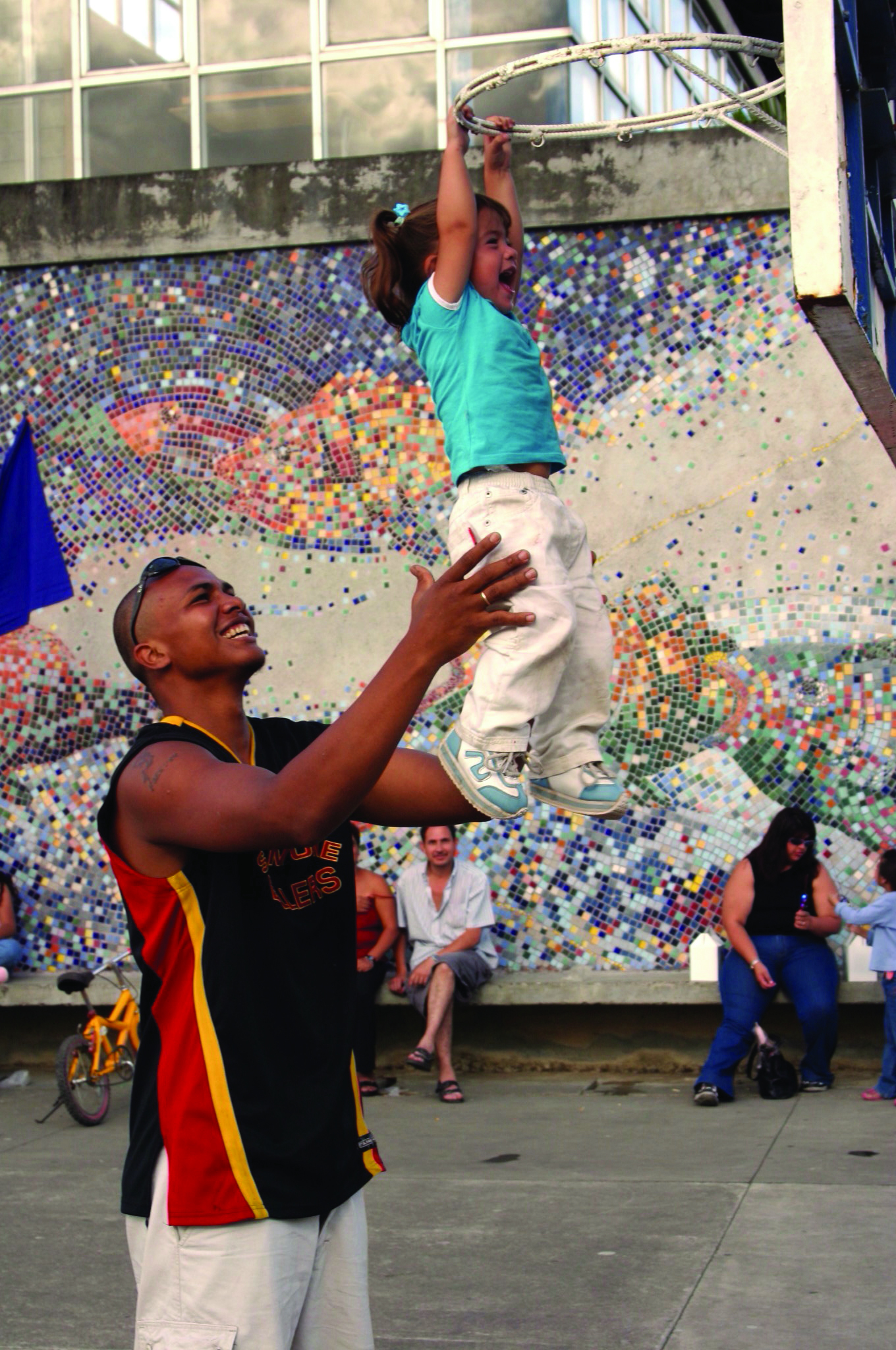 By Margaret Carr, NACCHO Senior Program Assistant
By Margaret Carr, NACCHO Senior Program Assistant
The National Association of County and City Health Officials (NACCHO) encourages local health departments (LHDs) to engage their communities throughout the month of April in promoting child abuse prevention efforts. April is National Child Abuse Prevention Month and the theme this year is Building Community, Building Hope.
Child Abuse and Violence
Child abuse and neglect continues to be a major public health issue in the United States. In 2014, 702,000 victims of child abuse and neglect were reported to child protective services.[i]
Children are particularly vulnerable to the negative effects of violence. Early experiences and environments shape the architecture of children’s developing brains,[ii] which in turn influences the connections their brains make. For example, children who grow up in environments where they do not feel safe, learn to better recognize and respond to threats. As such, this can lead to an increased fight-or-flight response which can override other skills that enable non-violent conflict resolution. Exposure to child abuse and neglect as well as other traumatic stressors termed adverse childhood experiences (ACEs), lead to short- and long-term health and social problems.[iii] Violence is preventable and LHDs can work with their communities to ensure every child has the opportunity to grow up in a safe environment.
Child abuse is just one form of violence children may experience, however, the many forms of violence are related and often share root causes. Addressing the shared risk and protective factors for violence can prevent child abuse and violence across a life span.
The Role of Local Health Departments
LHDs play an essential role in preventing child abuse and creating a safe, healthy community for all of their residents. Interventions that include protective factors, which are those that reduce risk and encourage positive and healthy development, are proven to be successful.[iv] NACCHO’s resource, Local Health Department Efforts to Prevent Child Maltreatment highlights five evidenced-based parenting programs. LHDs can implement interventions such as home visiting and/or other parenting programs, which provide parents with the necessary skills to promote the health and well-being of their children. While these programs are beneficial, prevention efforts must go beyond individuals and families. LHDs can work with community partners (e.g. hospitals, schools, social services, non-profits) to change social norms and increase community connectedness for families. Reducing social isolation can reduce the risk for multiple forms of violence.[v] LHDs can help move the community to take collective responsibility for all children.
We encourage you to share child abuse prevention messages throughout the month of April!
Potential Messages to Share:
- Early adversity in childhood leads to health problems later. Safe, stable, nurturing relationships and environments buffer #ToxicStress CDC’s Child Abuse and Neglect: Prevention Strategies
- #HomeVisiting programs strengthen parenting skills, increase child well-being and family economic security #MIECHV #NCAPM2017 MIECHV
- Protective factors like positive relationships w/ caring adults help kids cope with very stressful events #NCAPM2017 CDC: Preventing Child Maltreatment Through the Promotion of Safe, Stable, and Nurturing Relationships Between Children and Caregivers
Resources:
- Preventing Child Abuse and Neglect: A Technical Package for Policy, Norm, and Programmatic Activities
- Essentials for Childhood Steps to Create Safe, Stable, Nurturing Relationships and Environments
- Connecting the Dots: An Overview of the Links Among Multiple Forms of Violence
[i] https://www.cdc.gov/violenceprevention/childmaltreatment/
[ii] http://developingchild.harvard.edu/science/key-concepts/brain-architecture/
[iii] https://www.cdc.gov/violenceprevention/pdf/connecting_the_dots-a.pdf
[iv] https://www.childwelfare.gov/pubPDFs/guide_2017.pdf
[v] https://www.cdc.gov/violenceprevention/pdf/Strategic_Vision.pdf








